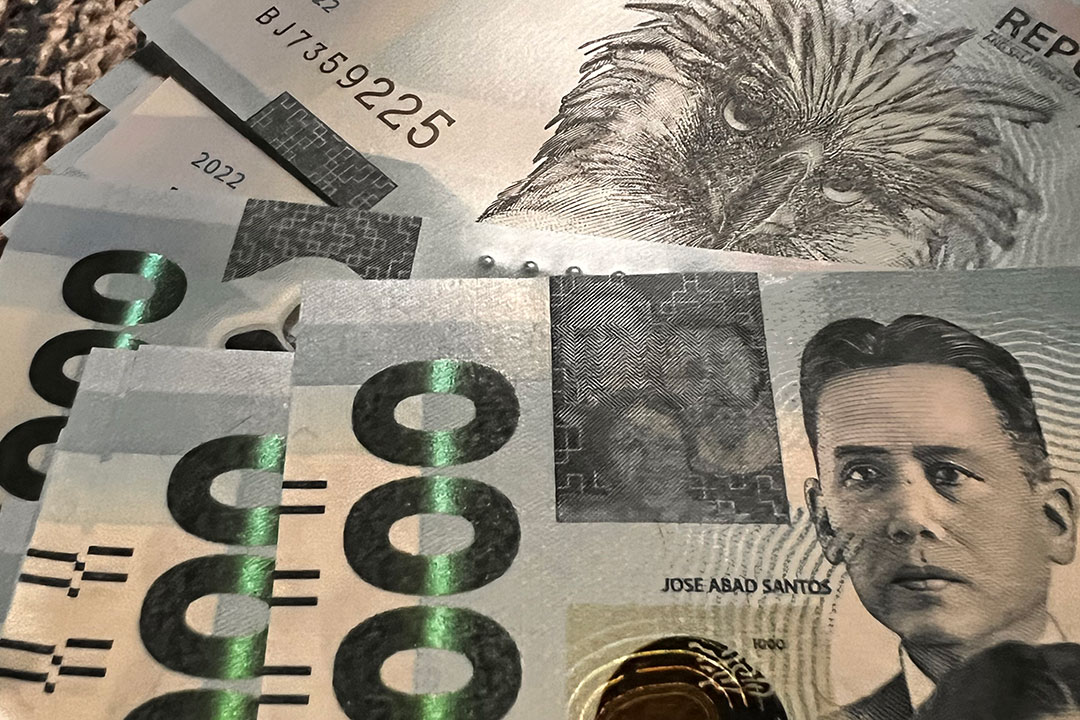Government’s debt service bill balloons in March

THE NATIONAL Government’s (NG) debt service bill nearly quadrupled in March amid a surge in amortization payments, data from the Bureau of the Treasury (BTr) showed.
BTr data showed that debt payments surged by 275.3% to P533.523 billion in March from P142.171 billion in the same period a year ago.
The bulk or 86.7% of the debt service bill for the month was composed of amortization payments.
In March, principal payments soared by 469.2% to P462.579 billion from P81.273 billion in the same month in 2023.
Broken down, amortization on domestic debt climbed by 521.5% to P455.91 billion in March from P73.361 billion a year earlier.
Principal payments on external debt declined by 15.7% to P6.669 billion from P7.912 billion.
On the other hand, interest payments rose by 16.5% to P70.944 billion in March from P60.898 billion a year prior.
Interest paid on domestic debt stood at P55.705 billion, higher by 19% from P46.754 billion a year ago.
Interest paid to foreign creditors went up by 7.7% to P15.239 billion from P14.144 billion.
For the first quarter, the NG’s debt service bill jumped by 74.3% to P986.036 billion from P565.716 billion in the comparable year-ago period.
Amortization payments shot up by 87.2% to P793.044 billion in the first three months from P423.739 billion a year ago. Principal payments on domestic debt stood at P699.673 billion, while those on external debt amounted to P93.371 billion.
Meanwhile, interest payments likewise increased by 35.9% to P192.992 billion in the first three months from P141.977 billion a year prior. Broken down, interest paid on domestic debt reached P138.878 billion, while interest payments for external debt stood at P54.114 billion.
Higher debt servicing in March was primarily due to the large maturities of previously issued retail Treasury bonds (RTBs) worth about P700 billion early that month, Rizal Commercial Banking Corp. Chief Economist Michael L. Ricafort said.
Still, these payments were partly reduced by the record RTB issuance in February, which included a bond exchange program involving holders of papers set to mature in March meant to lengthen maturities of the government’s obligations, Mr. Ricafort said.
The government raised a record P584.86 billion from its February offering of five-year retail bonds, surpassing its P400-billion target.
The BTr initially borrowed P212.719 billion through the RTBs during the rate-setting auction for the papers.
The government raised an additional P372.14 billion during the nine-day public offer period. Of this amount, the government raised P243.45 billion from the bond switch program, while P128.69 billion came from new money.
The five-year RTBs fetched a coupon rate of 6.25%, 12.5 basis points (bps) higher than the 6.125% quoted for the five-and-a-half-year RTBs offered in February 2023.
“Higher debt servicing was also due to higher interest rates from a year ago that increased the NG’s interest rate payments,” Mr. Ricafort added.
The Bangko Sentral ng Pilipinas (BSP) raised borrowing costs by 450 bps from May 2022 to October 2023, bringing its policy rate to a near 17-year high of 6.5%.
The Monetary Board will hold its next policy review on May 16.
Mr. Ricafort said a weaker peso versus a year ago also increased the peso value of foreign currency or dollar-denominated debt payments.
Based on BSP data, the peso-dollar exchange rate averaged P55.849 in March, depreciating from the P54.796 average in the same month in 2023.
“For the coming months, possible US Federal Reserve and local policy rate cuts could help mitigate debt servicing costs of the NG,” Mr. Ricafort said.
BSP Governor Eli M. Remolona, Jr. earlier said the central bank may begin cutting rates by the fourth quarter. However, if inflation risks persist, the start of its easing cycle could be pushed back to the first quarter of 2025.
Meanwhile, Fed Chair Jerome H. Powell last week said that after starting 2024 with three months of faster-than-expected price increases, it “will take longer than previously expected” for policy makers to become comfortable that inflation will resume the decline towards 2% that had cheered them through much of last year, Reuters reported.
That steady progress has stalled for now, and while Mr. Powell said rate increases remained unlikely, he set the stage for a potentially extended hold of the benchmark policy rate in the 5.25%-5.5% range that has been in place since July.
US central bankers still believe the current policy rate is putting enough pressure on economic activity to bring inflation under control, Mr. Powell said, and they would be content to wait as long as needed for that to become apparent — even if inflation is simply “moving sideways” in the meantime.
The Fed’s preferred inflation measure — the personal consumption expenditures price index — increased at a 2.7% annual rate in March, an acceleration from the prior month. — Luisa Maria Jacinta C. Jocson with Reuters
